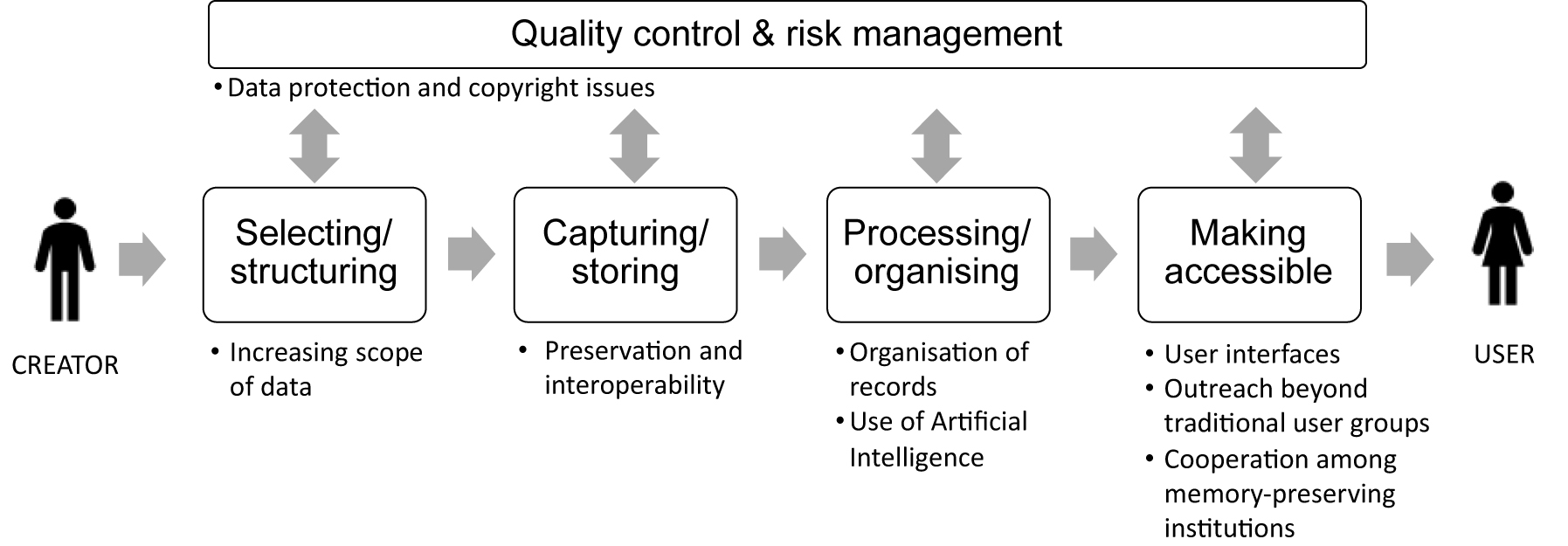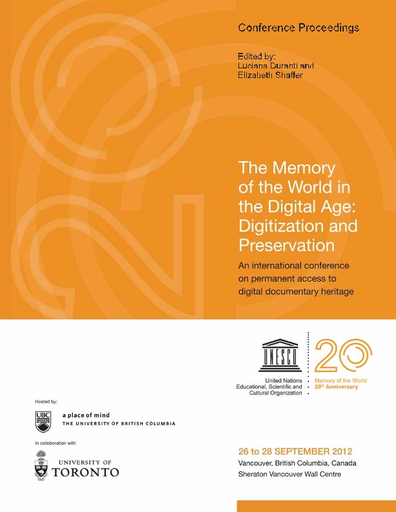In an age defined by pixels and platforms, the way we remember, preserve, and pass on our identity is no longer bound by ink and parchment. At Remin.site, we believe death is not the end—it is a transition, and what remains are the stories, the values, and the digital footprints we choose to protect. This is where technology as an archive steps in—not just as a tool but as a guardian of who we are.
Introduction: Memory in a Digital World
Human memory has always been fragile—subject to loss, distortion, and decay. But in the digital age, we have a chance to do something revolutionary: to preserve our identities beyond our lifetimes, intact and accessible. Whether it’s a photo, a thought, a piece of art, or a final message to a loved one, today’s technologies allow us to construct a living, breathing archive of who we are.
But with that opportunity comes responsibility: how do we ensure this digital memory is authentic, ethical, and truly enduring?
The Evolution of Archives — From Clay to Cloud
Traditional Archival Practices
For centuries, archives were carved into clay, handwritten on parchment, and sealed in libraries. These systems relied on centralized institutions like governments and religious orders to control historical memory. What was preserved—and what was lost—depended on power and privilege.
“The archive is not simply a place where documents rest; it is a space where memory and power intersect.” – Luciana Duranti, UNESCO
The Shift Toward Digital Repositories
Today, that monopoly on memory is dissolving. With smartphones, cloud servers, and blockchain technologies, individuals can now take agency over their own legacy. Digital repositories allow every person, family, or community to preserve their own story—uncensored, decentralized, and permanent.
- Journals stored in encrypted vaults
- Audio messages preserved as voice memorials
- Family trees linked with multimedia content
- Final letters, values, and dreams preserved as digital time capsules
The Role of Technology in Digital Preservation
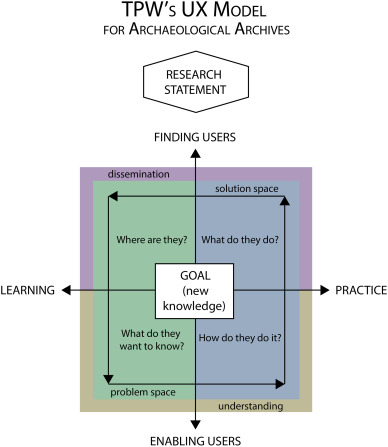
Digitization and Access
Digitization isn’t simply scanning paper into a PDF—it’s the act of transforming memory into a form that can be preserved, copied without degradation, and accessed across generations. Once digitized, memory becomes democratic. A single story can live forever, or travel anywhere in seconds.
Through platforms like Remin, you can store:
- Voice recordings from parents and grandparents
- Ethical wills detailing your beliefs and values
- Photos that narrate your family’s journey
- Messages meant for future descendants
These are not just “files.” They are evidence of identity.
Tools and Standards for Archival Integrity
But digital memory is only as strong as the technology protecting it. Key tools and frameworks include:
- Metadata standards like Dublin Core to ensure proper tagging
- Checksum validation to confirm data hasn’t been altered
- Blockchain-based timestamps for proof of authenticity
- Redundant storage systems across multiple data centers
As highlighted by Equinox Publishing in their work on digital heritage theory, the archive of the future must be reliable, traceable, and immune to manipulation.
Technology and Collective Memory
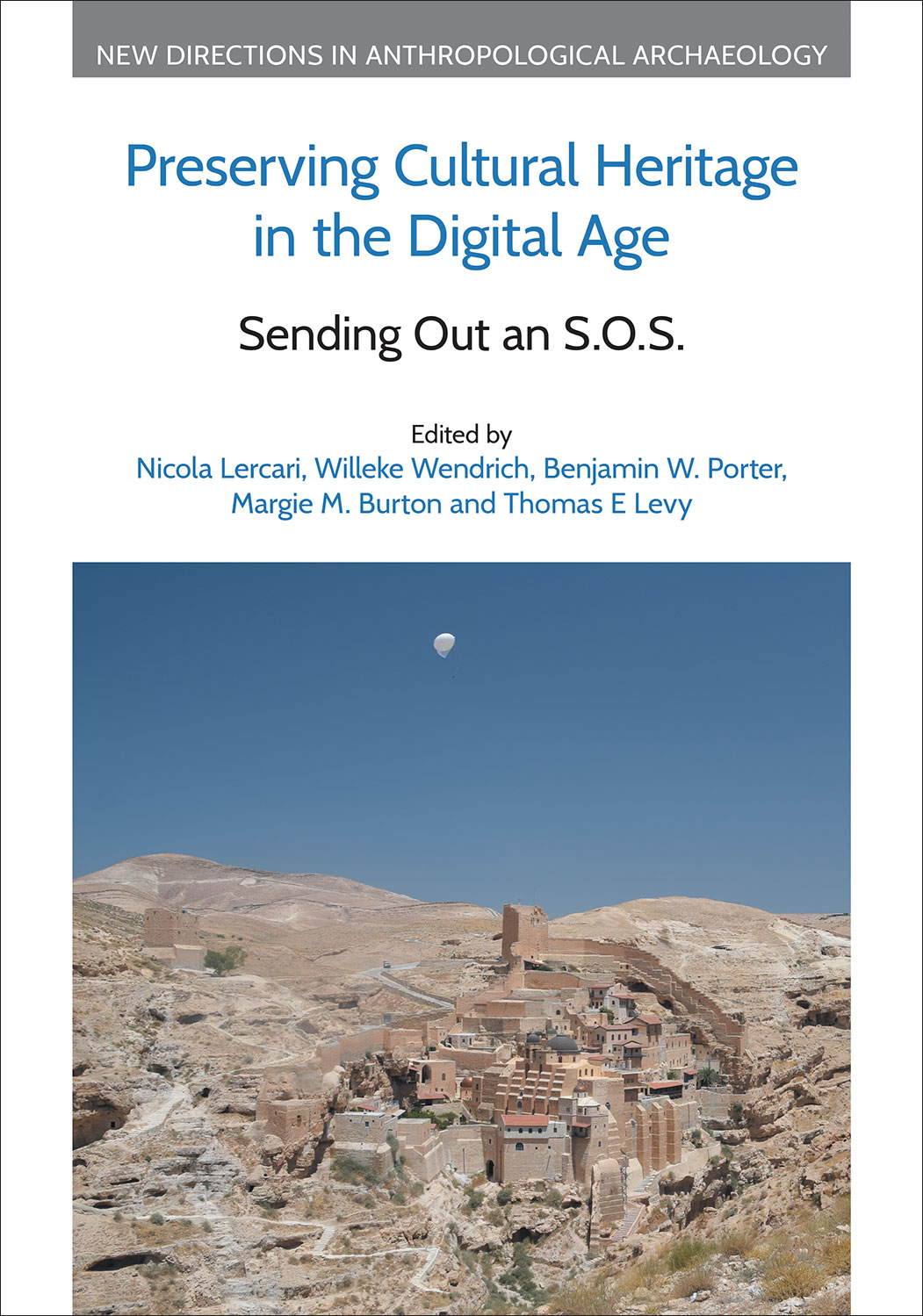
Digital Heritage and Cultural Continuity
Culture is identity in motion, and archives are its memory banks. Through technology, we now preserve not just what we own, but what we believe, remember, and pass on. From indigenous languages documented through mobile apps to cultural rituals stored as 3D holograms, we’re witnessing the rise of what some call digital heritage continuity.
This is especially vital in regions facing climate change, war, or diaspora. Digital archives ensure that even when the land is gone, the story is not.
Identity in the Age of the Internet
Your Instagram may show who you were last night. But your digital archive shows who you are beneath the surface. In the age of oversharing, the archive becomes sacred—a curated, deliberate memory of your truest self. And that is the power of platforms like Remin: we’re not just keeping files—we’re preserving souls.
As De Gruyter Brill’s 2024 report illustrates, digital memory isn’t just a tool—it’s a philosophical challenge about how we define truth, legacy, and mortality.
To be continued in Part 2: Challenges, Case Studies, and the Future of Archives in the Digital Era.
Digital Identity and Archival Challenges
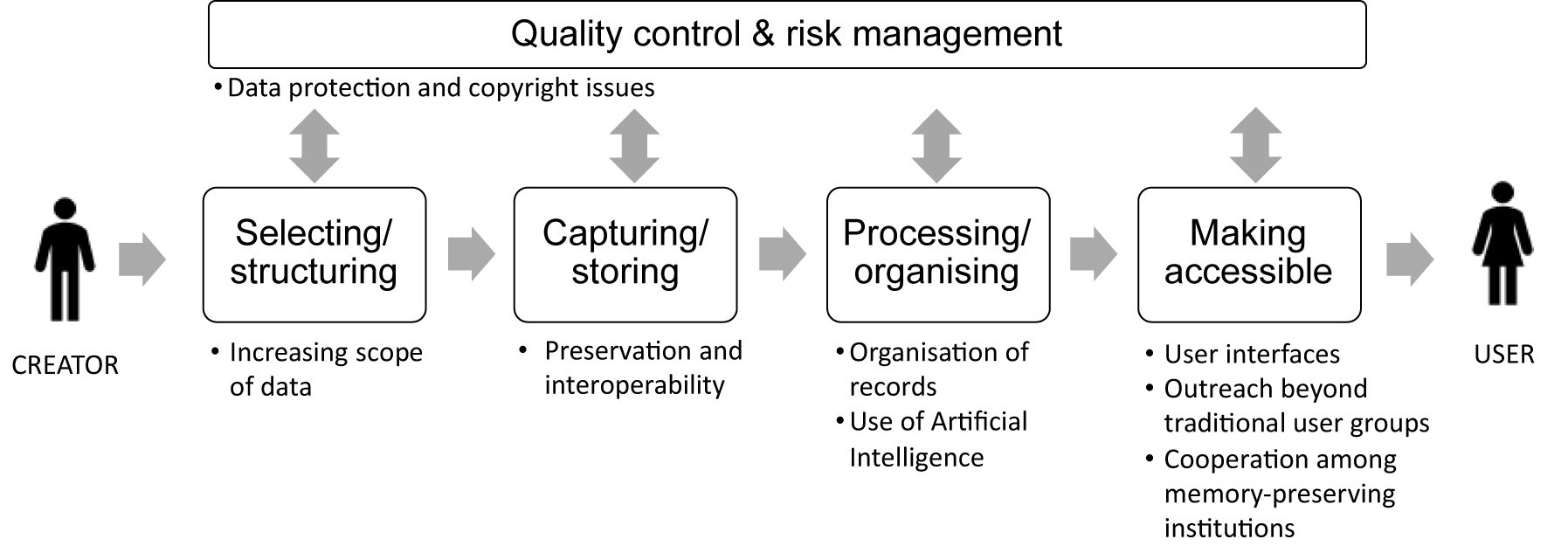
Privacy, Security, and Authenticity
Preserving your identity in the digital age means more than just uploading memories to the cloud. It means protecting them—fiercely. As we entrust our deepest stories to machines, questions of privacy and data security take center stage.
Who owns your memories when they’re digital? Can they be tampered with? Deleted? Used without your consent?
At Remin.site, we believe your legacy is yours alone. That’s why we prioritize:
- End-to-end encryption to protect your data from unauthorized access
- Biometric authentication for added layers of user control
- Immutable blockchain records to certify content authenticity
- Zero-knowledge storage models so even we can’t read your private materials
Ethical Implications of Digital Permanence
Unlike physical archives, which fade or decay, digital archives can last indefinitely. But is permanence always good? What about the right to be forgotten? What if your digital legacy harms someone in the future, or no longer reflects who you truly were?
“The archive is forever. But people change. That tension must be handled with compassion and care.” – Digital Ethics Collective, 2024
This is why Remin provides tools for timed releases, posthumous consent settings, and legacy curation—so you always remain in control of how your story unfolds, even when you’re no longer here.
Case Studies in Digital Archiving
UNESCO’s Memory of the World Program
The UNESCO Memory of the World project demonstrates how entire civilizations are being digitally preserved. From ancient manuscripts to war diaries, these digital archives protect cultural heritage from fire, flood, and forgetting.
Such efforts inspire our own mission at Remin—to ensure personal memories are treated with the same reverence as national treasures. Because they are.
Community-led Digital Heritage Projects
Across the globe, grassroots movements are using digital tools to reclaim lost voices. In rural Vietnam, communities are uploading oral histories. In the diaspora, immigrant families are creating virtual shrines to ancestors. In cities, LGBTQ+ groups are preserving erased queer narratives online.
Technology empowers every human being to say: I was here.
The Future of Archives in the Digital Era
AI and Blockchain in Archival Practices
Emerging technologies like AI-powered content tagging and blockchain verification are transforming how we manage identity online. AI helps structure chaotic data—organizing photos by date, voice recordings by speaker, documents by theme. Blockchain ensures no one can rewrite history.
At Remin, we are exploring these tools to make your archive not only smarter—but unbreakable.
Long-Term Data Sustainability
Storage isn’t infinite. Servers age. Formats become obsolete. That’s why long-term digital sustainability is key. We’re investing in future-proof formats, adaptive migration protocols, and redundant storage across continents to ensure your legacy survives for generations to come.
When you entrust your memory to Remin.site, it’s not stored—it’s safeguarded.
Conclusion: Archives as the Soul of Digital Civilization
In a world that moves fast and forgets easily, a digital archive is your resistance. It’s your voice echoing across time. It’s your love letter to the future. And it’s your proof that you lived, mattered, and made meaning.
We believe that technology as an archive is not cold—it’s deeply human. It’s what allows death to become not the end, but the beginning of a story passed on, protected, and cherished. Forever.
Join Remin—because your memory is worth remembering.
FAQs
What is digital preservation?
Digital preservation is the practice of maintaining and protecting digital content over time, ensuring it remains accessible, authentic, and usable for future generations.
Why is cultural memory important in a digital world?
Cultural memory anchors identity. In the digital age, preserving stories, rituals, and beliefs helps communities retain connection, meaning, and belonging.
How do archives affect identity?
Archives shape how we’re remembered. They are curated reflections of our values, experiences, and truths. In a digital context, they allow each person to define their legacy intentionally.
What are the risks of digital archiving?
Risks include data loss, hacking, obsolescence, and ethical dilemmas around consent and permanence. That’s why secure, ethical platforms like Remin are essential.
Preserve your soul, your stories, your self. Start your digital legacy today with Remin.site.
